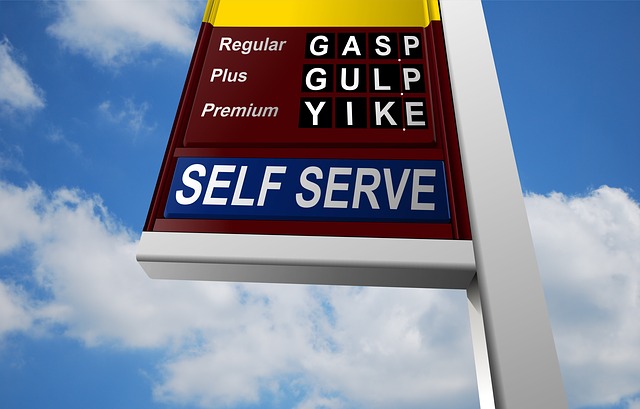
Semi-truck maintenance can be expensive and unpredictable, but it’s a necessary evil that comes along with ownership. It’s tempting to put off repairs until damage occurs, but regular maintenance is crucial to preventing more serious problems down the road. Preventative maintenance can save costs and eliminate downtime for your truck. Annual repairs and tune-ups are recommended by industry professionals, but how often are they really necessary, and how much should you be saving for them? Here are our recommendations for how to keep up with your annual semi-truck maintenance.
What Yearly Maintenance is Necessary?
Major engine repair can cost up to $22k, so preventative measures are cheaper in the long run. While the intricacies of your truck are unique, there are a few measures that are standard for all trucks. While many are relatively cheap and mundane, they can prevent engine and body damage that could potentially cost you a small fortune in repairs. Here are the most important methods of regular truck maintenance to keep in mind:
- Checking tires for wear
- Regular oil changes
- Fuel Vent Cleaning
- Brake checks
- Add Grease to Moving Parts
- Check Radiator for Leaks and Fluid Loss
Some Repairs Are More Important Than Others…
While all regular maintenance is important, there are three things that are especially crucial: tires, radiators, and oil changes. These are particularly important because they can cause the most expensive damage if left unattended.
Tires
Replacing your worn tires is essential for responsible truck ownership due to the dangerous alternative. Popping a tire on your route becomes a massive collision risk once you lose control of the vehicle. When you drive with worn tires, you risk damaging your own truck, public property, as well as posing a massive public safety risk. It’s important to be able to recognize when your tires have worn down too thin. Most semi-truck tires have clear indicators of this, known as “tread wear indicators,” and if they’re visible, it’s time to replace. They usually just look like flat bars running the width of the tire. A good standard to follow is to reassess every 100,000-150,000 miles or if you notice a cracking or bulging along the sidewalls of the tires.
Oil Changes
Oil changes are vastly important, and if you don’t keep up with it, you’ll start to see a plethora of problems with your engine. Oil changes clean out sludge and grime, and without them, your engine could overheat and cease its normal functions, leading to a much bigger bill. While your truck might have a light that comes on on your dash when it’s time, the best way to be sure of your oil situation is to regularly check your oil stick.
Radiator Maintenance
It’s important to check for leaks in your radiator and replace any fluids that appear to be running low. These efforts also aid in the prevention of an engine overheat. Engine care is especially important considering that it can be one of the most expensive repairs you’ll ever have as an owner-operator.
How Much Should You Save?
It can be difficult to judge how much money to put away from each paycheck towards a maintenance fund. These costs will differ dramatically depending on various factors. One of the most important factors is your own skillset. Doing the maintenance yourself will be a fraction of what it would cost you to go and have it done by a professional. If you’re not well versed in semi-truck maintenance, you’ll have to fork over significantly more dough, but the quality is the most important priority when it comes to taking care of you and your livelihood. Additionally, the type of truck that you have matters. Older trucks tend to have more expensive maintenance proceedings due to the rarity of their parts and the added wear and tear.
While there is no exact formula, there is a usual estimate based on miles driven that industry professionals recommend using. Usually saving between 5-10 cents per mile driven is a good idea, but if you’re finding that you have to save more than 15 cents per mile, it might be time to consider replacing your truck in favor of a more dependable option.
Staying Safe and Financially Secure
Breaking down due to poor maintenance can not only cause expensive repairs, it can majorly cut into productivity, as you have to stop your route and seek help. Sometimes you even have to forfeit your haul and therefore lose out on the pay from the entire trip, putting you behind on paychecks with the added stress of repair bills.
It can additionally be dangerous to not have a properly functioning semi, as many of these repairs are essential to having total control of the truck. It can be especially unsafe if you break down on a route and you’re in an unfamiliar place without immediate assistance. All of these factors are important to consider before getting a semi-truck, as these procedures are part of operating costs that will determine your overall profit and lifestyle. If you think you’re ready to take it all on, contact Mission Financial to get started with your semi-truck financing!




